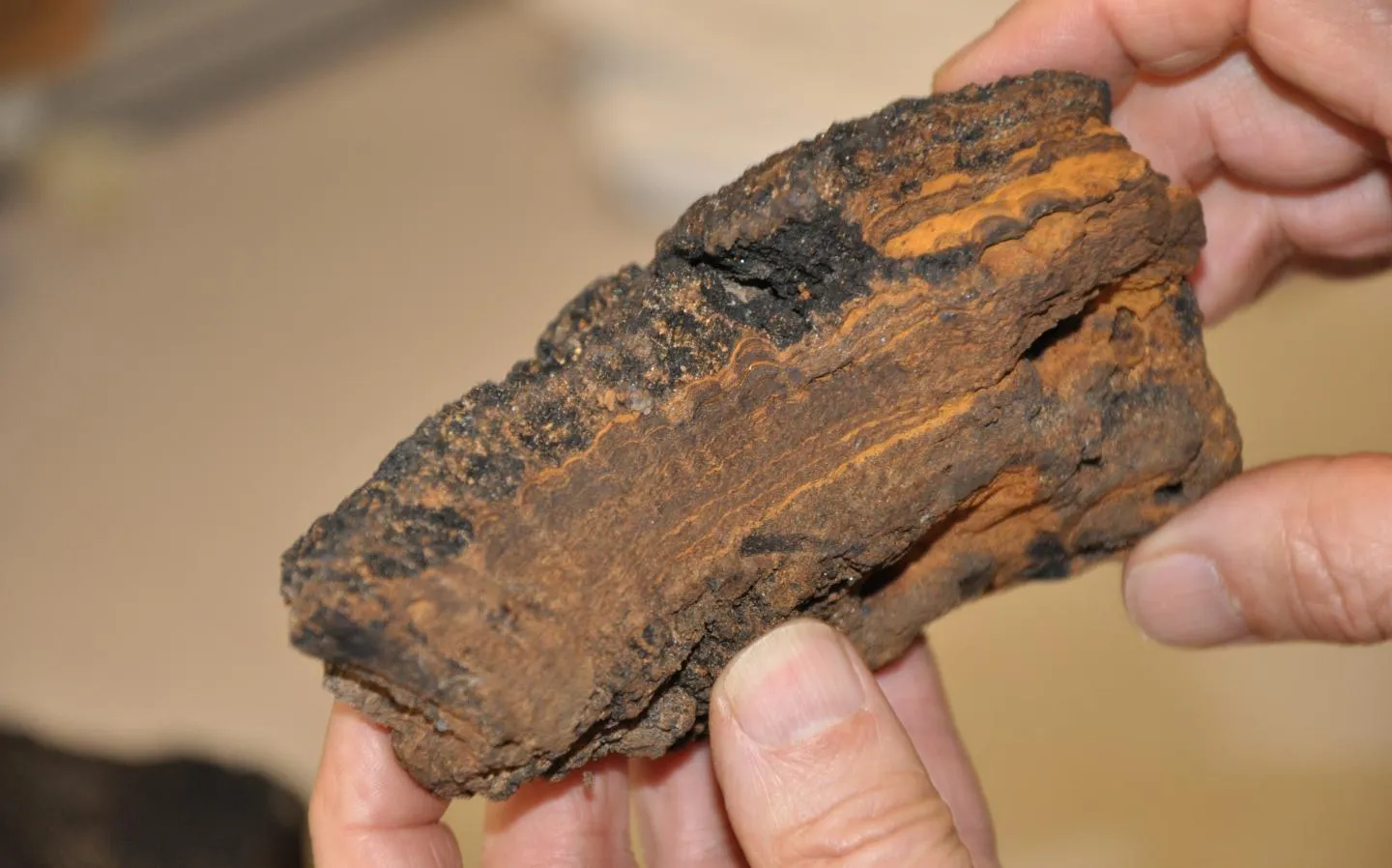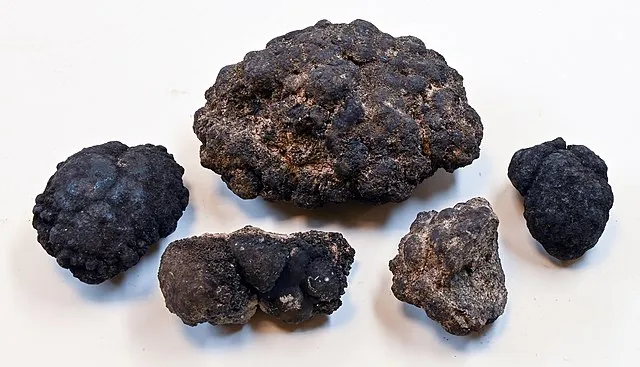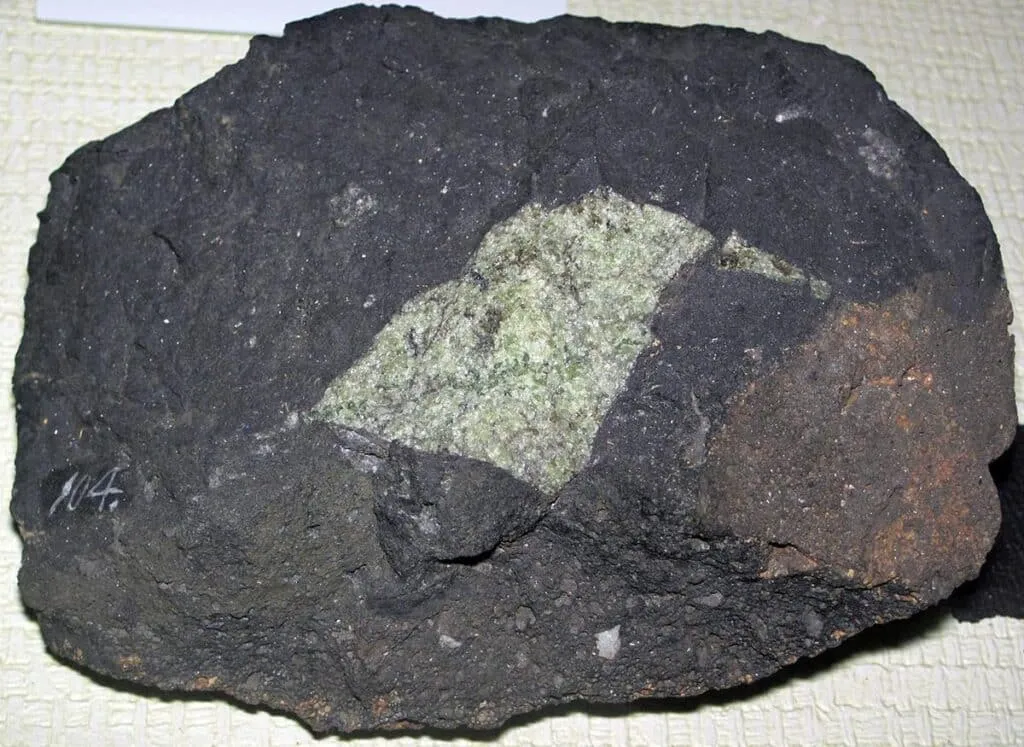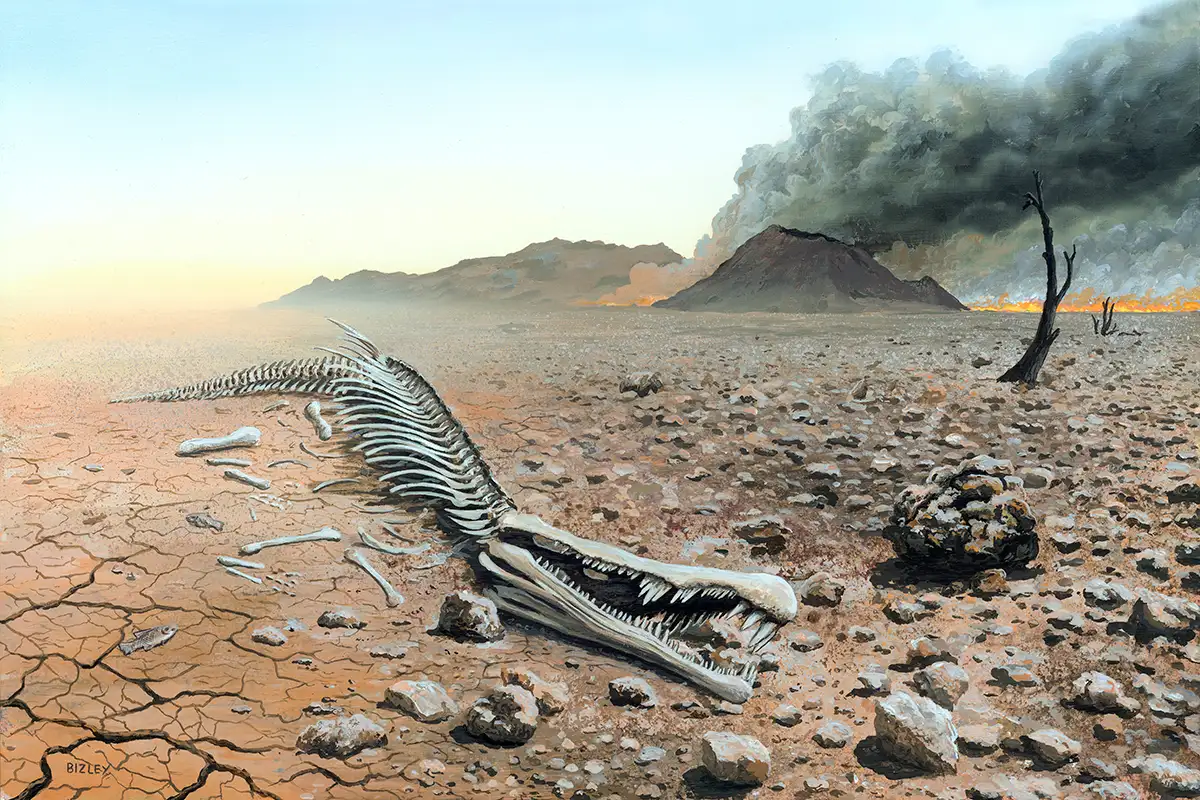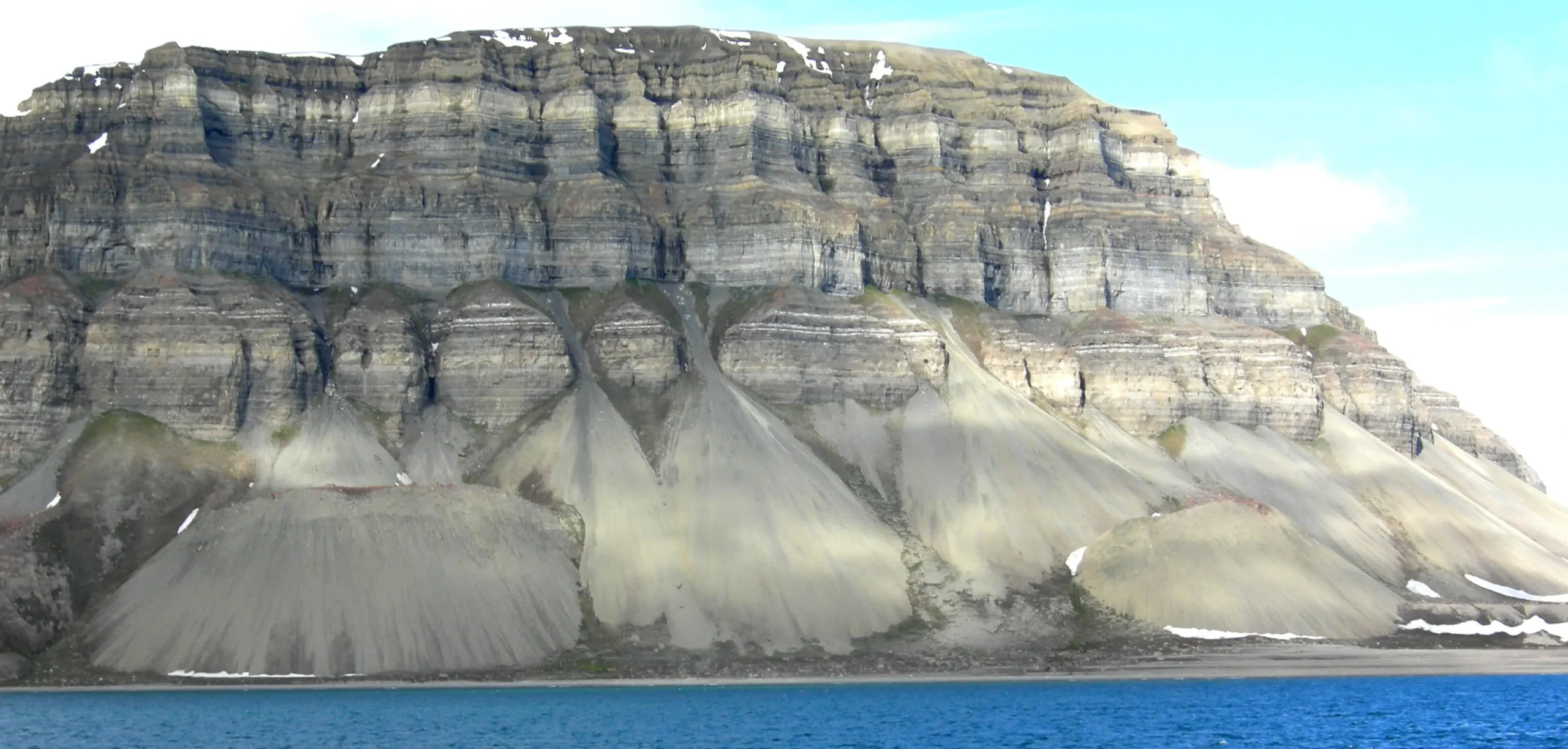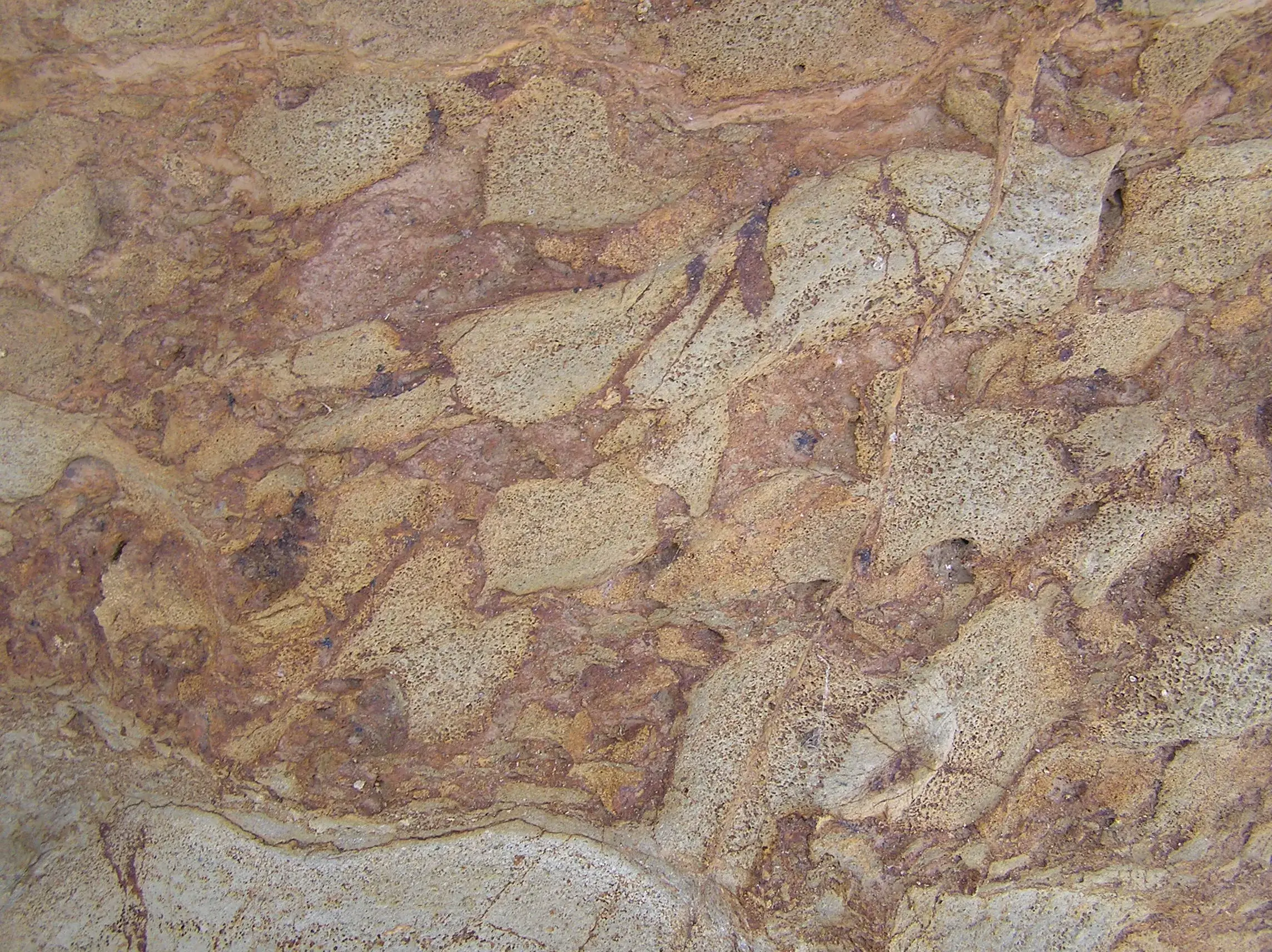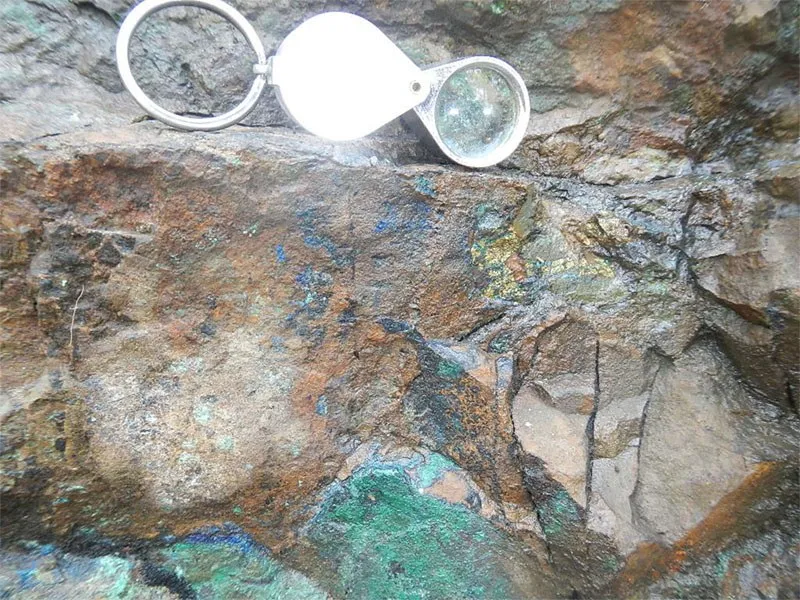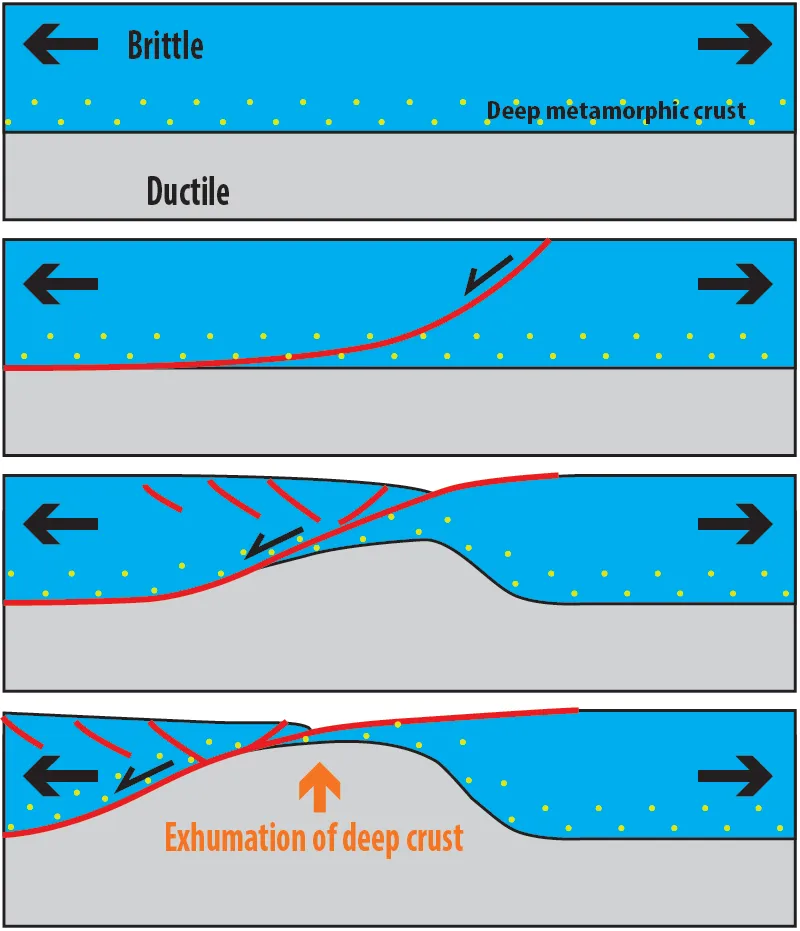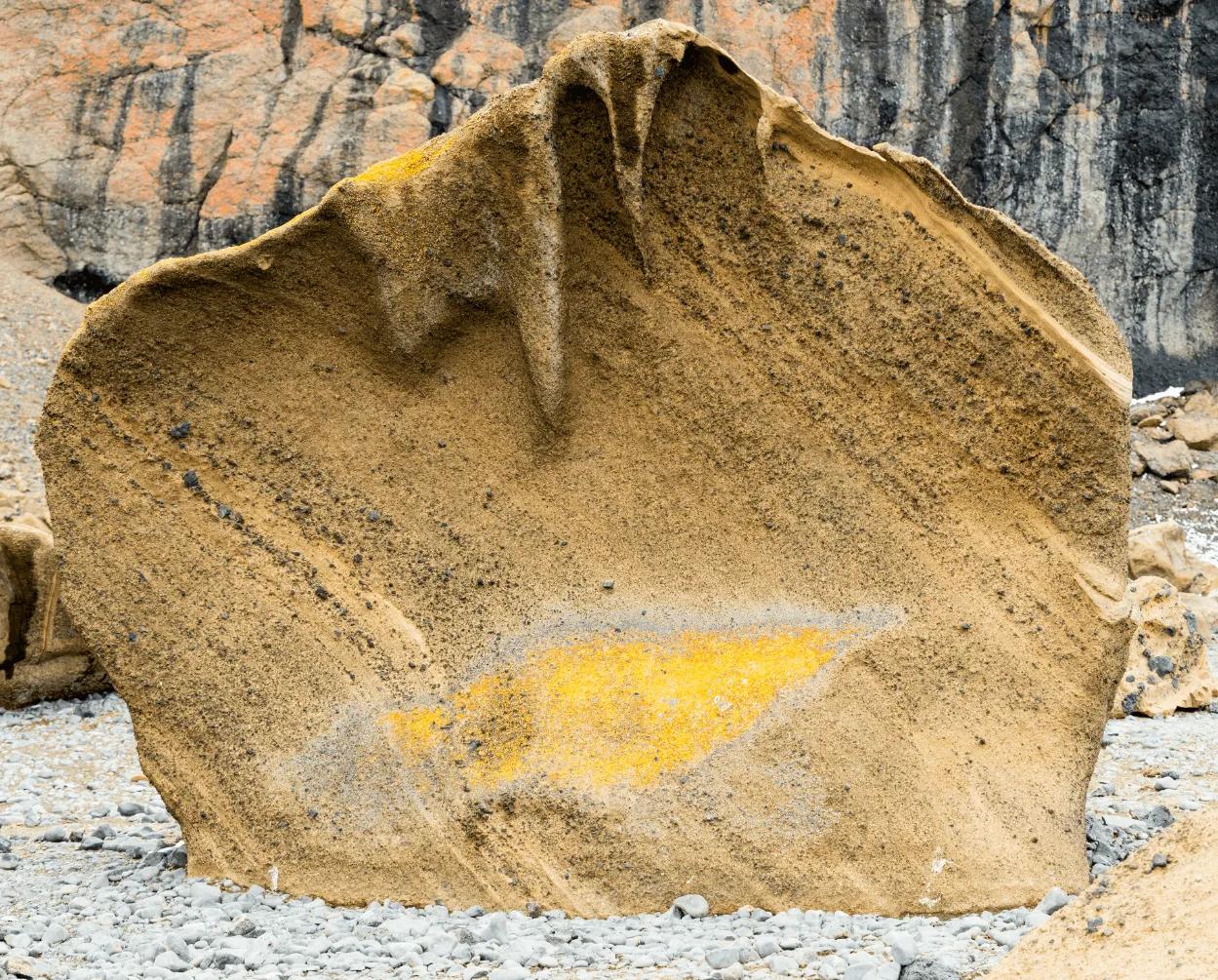Magma is molten or semi-molten rock located beneath the Earth’s surface. It contains a mixture of liquids, gases, and crystals and can vary in composition from basaltic to rhyolitic. Magma plays a crucial role in the formation of igneous rocks through cooling and solidification and is a key component in volcanic activity.
Reference: Carmichael, I. S. E., Turner, F. J., & Verhoogen, J. (1974). “Igneous Petrology.” McGraw-Hill.






